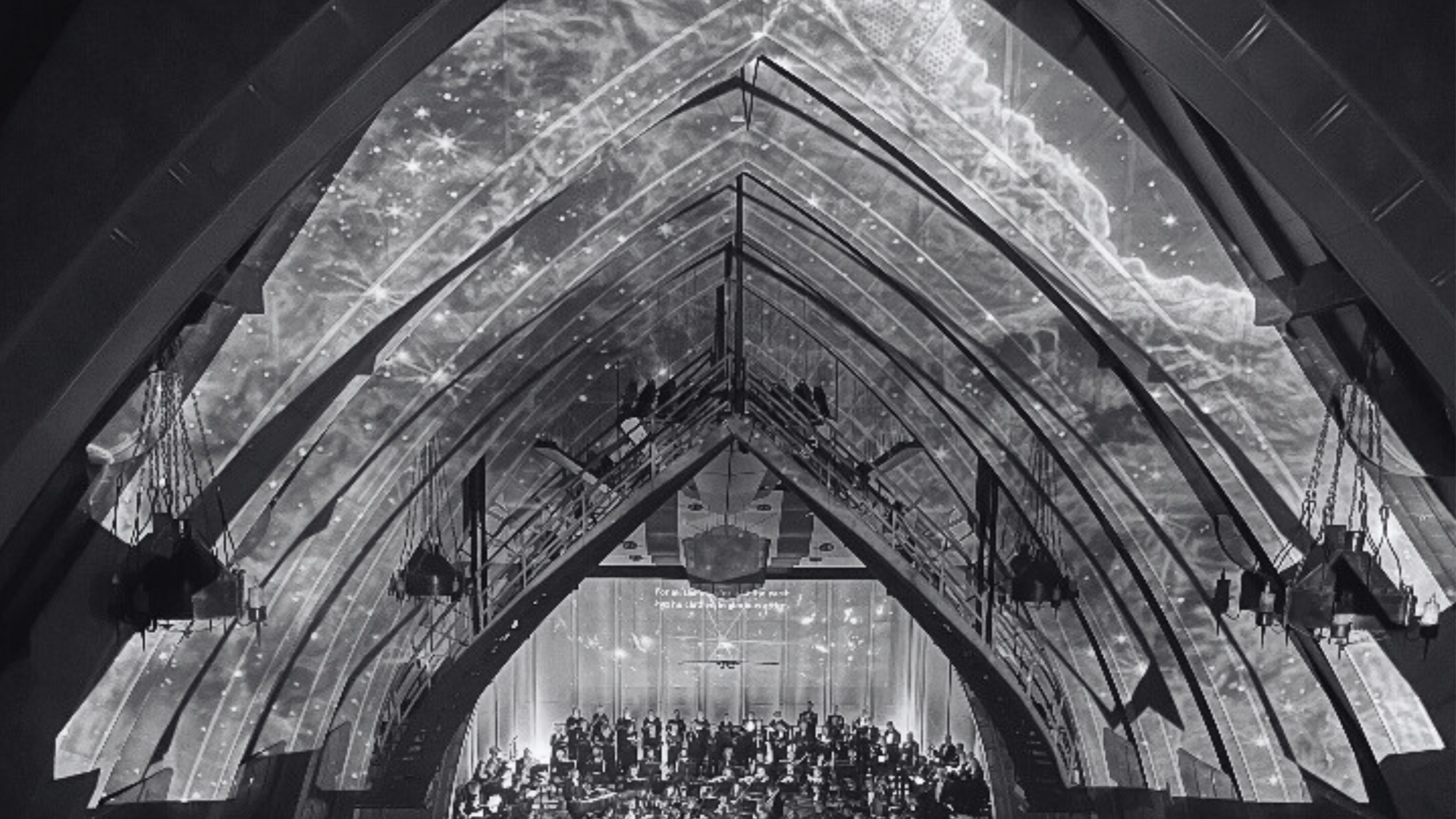Death is a topic that has long fascinated artists, poets, and musicians. Mahler’s symphonies were continually obsessing over death. He was one of 14 children, but of his 13 siblings, only 5 survived into adulthood. In the era before modern medicine, death was far more common in infants and children. One of my favorite poets, Emily Dickinson, wrote of death:
Because I could not stop for Death—
He kindly stopped for me—
The Carriage held but just Ourselves—
And Immortality
We are now listening to a classic 20th century composer, Frank Martin, conducting the Berlin Philharmonic featuring the great baritone Dietrich Fischer-Dieskau titled Six Monologues from Jedermann (Everyman) of the poet Hugo Von Hoffmansthal. In the first monologue, Everyman is visited by Death at dinner, and discovers all his guests have departed. He summons his servants to help him prepare for the ultimate journey.
This recording is a rarity as the composer himself conducts the famous Berlin Philharmonic in 1963 recorded in Berlin in Jesus Christus-Kirche.
This is heady intellectual music, but reveals how artists are torn by the mortality of our lives and have to come to terms with it. Mahler wrote in commentary on his Symphony No. 2, which he himself premiered with the Berlin Philharmonic as well in 1895.
What is this life—and this death? Do we have an existence beyond it? Is all this only a confused dream, or do life and this death have a meaning?

Because I could not stop for Death—
He kindly stopped for me—
The Carriage held but just Ourselves—
And Immortality
We are now listening to a classic 20th century composer, Frank Martin, conducting the Berlin Philharmonic featuring the great baritone Dietrich Fischer-Dieskau titled Six Monologues from Jedermann (Everyman) of the poet Hugo Von Hoffmansthal. In the first monologue, Everyman is visited by Death at dinner, and discovers all his guests have departed. He summons his servants to help him prepare for the ultimate journey.
This recording is a rarity as the composer himself conducts the famous Berlin Philharmonic in 1963 recorded in Berlin in Jesus Christus-Kirche.
This is heady intellectual music, but reveals how artists are torn by the mortality of our lives and have to come to terms with it. Mahler wrote in commentary on his Symphony No. 2, which he himself premiered with the Berlin Philharmonic as well in 1895.
What is this life—and this death? Do we have an existence beyond it? Is all this only a confused dream, or do life and this death have a meaning?






































